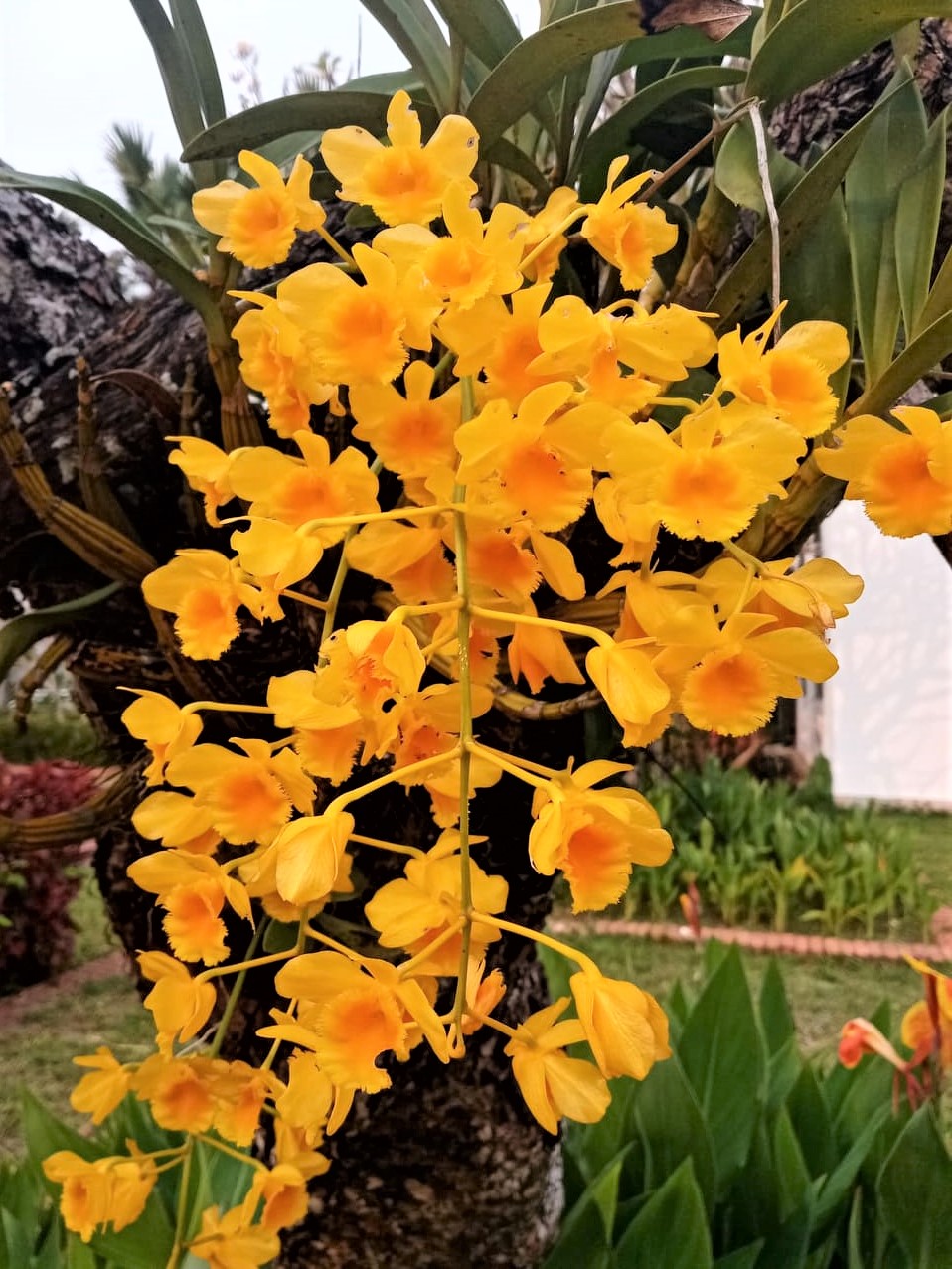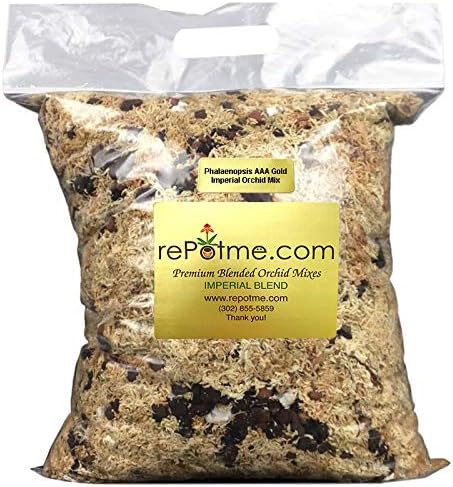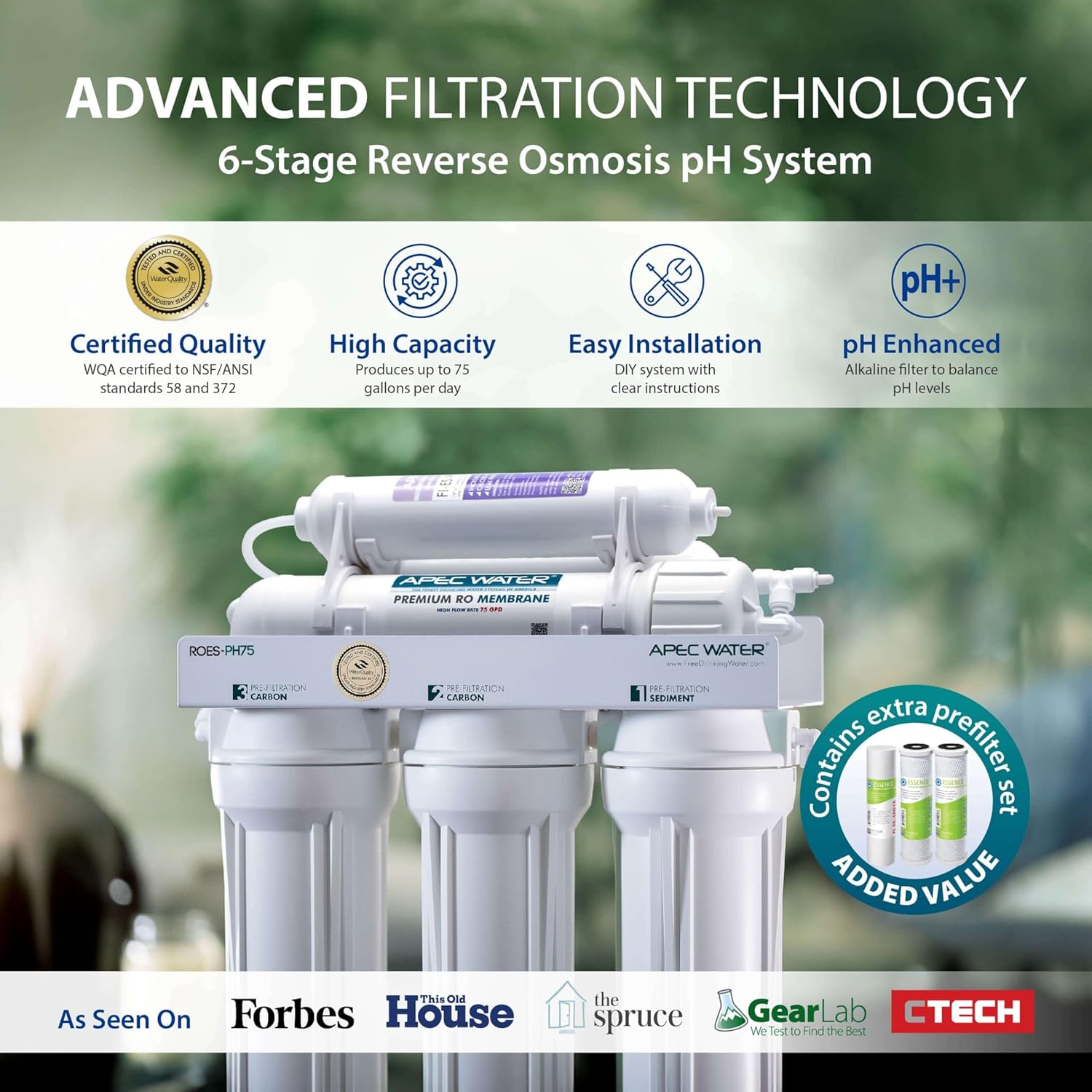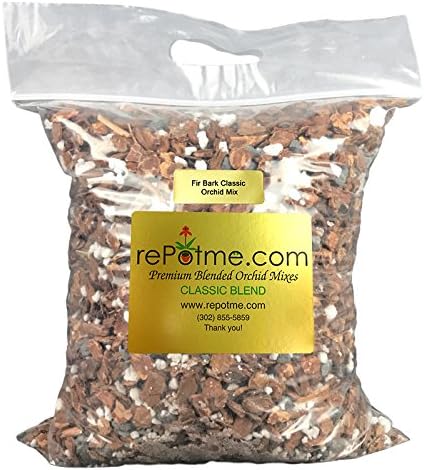- Home
- Orchid Watering Basics
- Best Orchid Medium
The Best Orchid Medium: A Guide to Growing Healthy, Vibrant Orchids
Orchids are among the most exquisite and captivating plants you can grow, but they require specific care to thrive. One of the most critical factors in orchid care is choosing the best orchid medium. The right growing medium ensures proper drainage, aeration, and moisture retention, all of which are essential for healthy orchid roots. In this article, we’ll explore the best orchid medium options, how to choose the right one for your orchids, and tips for maintaining a thriving orchid collection.
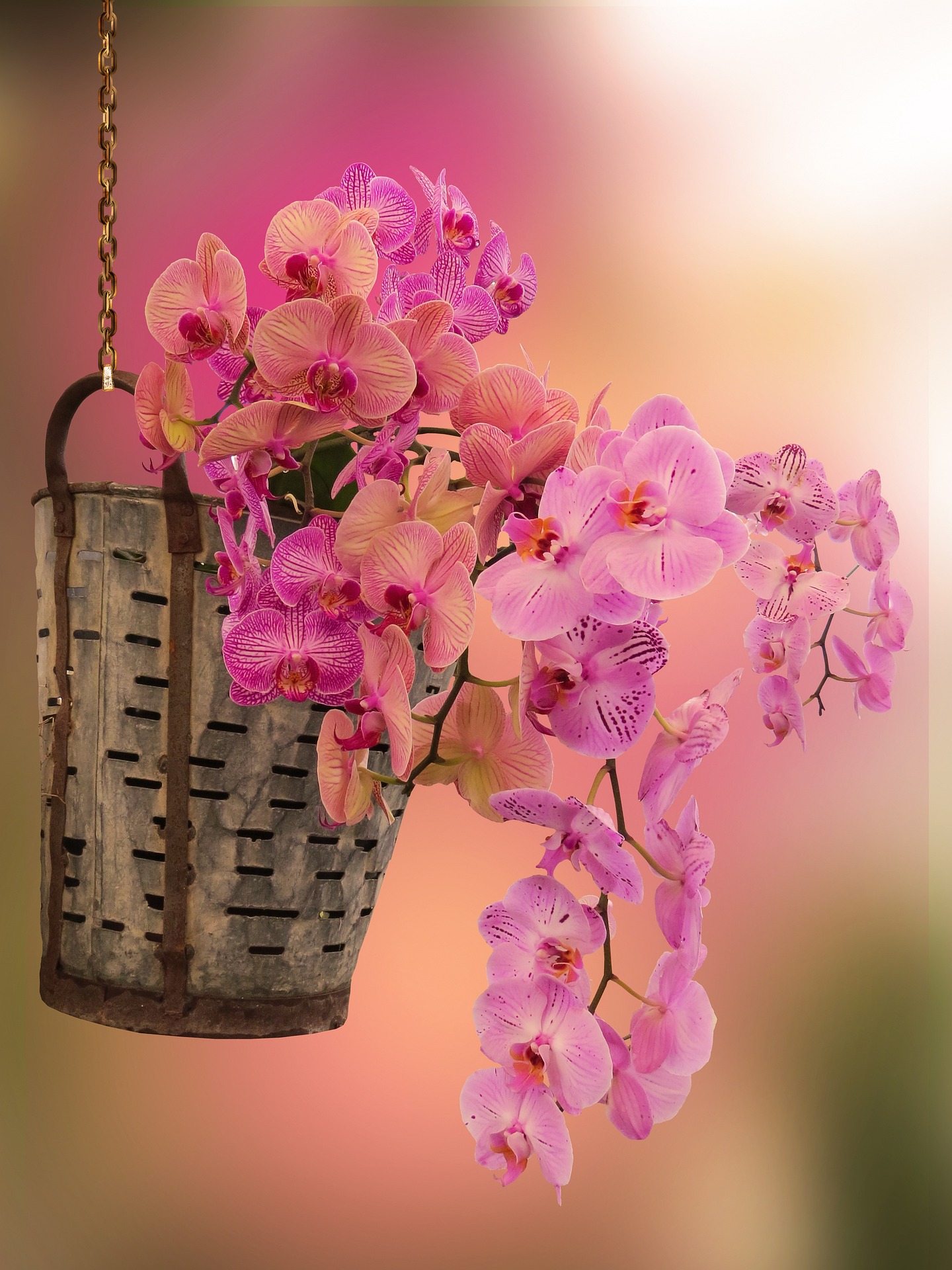
Heavenly Orchids participates in affiliate marketing programs, which means we may earn commissions on qualifying purchases made through our links. We only recommend products we genuinely believe in.
Get Your Free Phalaenopsis Orchid Care Guide Now!
Why the Best Orchid Medium Matters
Orchids are epiphytes, meaning they naturally grow on trees and rocks rather than in soil. This unique growth habit means they need a specialized growing medium that mimics their natural environment. The best orchid medium will provide the following benefits:
- Excellent Drainage: Orchids hate sitting in waterlogged conditions. A good medium allows excess water to drain quickly, preventing root rot.
- Proper Aeration: Orchid roots need air to breathe. A porous medium ensures oxygen reaches the roots.
- Moisture Retention: While orchids don’t like soggy conditions, they do need consistent moisture. The right medium strikes a balance between drainage and hydration.
Without the best orchid medium, your orchids may struggle to grow, bloom, or even survive.
Top Choices for the Best Orchid Medium
There are several excellent options for orchid growing mediums, each with its own advantages. Here are the most popular choices:
Bark Mix: Bark is one of the most commonly used orchid mediums and is ideal for many orchid varieties, including Phalaenopsis and Cattleya. It provides excellent drainage and aeration, making it a top contender for the best orchid medium.
- Pros: Long-lasting, affordable, and widely available.
- Cons: Breaks down over time and may need replacing every 1-2 years.
For a high-quality bark mix, consider this premium orchid bark blend, which is specially formulated for optimal orchid growth.
Sphagnum Moss: Sphagnum moss is another popular choice, especially for orchids that prefer more moisture, such as Masdevallia and Miltonia. It retains water well while still allowing for airflow.
- Pros: Great for moisture-loving orchids and easy to use.
- Cons: Can compact over time, reducing aeration.
Check out this premium sphagnum moss for orchids that need a little extra hydration.
Coconut Husk Chips: Coconut husk chips are an eco-friendly alternative to traditional bark. They are durable, provide excellent drainage, and resist decomposition longer than bark.
- Pros: Sustainable, long-lasting, and promotes healthy root growth.
- Cons: May require rinsing to remove excess salts.
For a reliable option, try this coconut husk chip mix, perfect for orchids that need a stable medium.
Perlite and Vermiculite: These inorganic materials are often mixed with other mediums to improve aeration and moisture retention. Perlite is lightweight and helps with drainage, while vermiculite retains water.
- Pros: Improves structure of other mediums and prevents compaction.
- Cons: Not used alone; best as an additive.
You can find high-quality perlite and vermiculite to enhance your orchid medium mix.
LECA (Clay Pebbles): LECA, or lightweight expanded clay aggregate, is a modern medium that’s gaining popularity among orchid growers. These clay pebbles provide excellent drainage and are reusable.
- Pros: Reusable, promotes air circulation, and reduces the risk of pests.
- Cons: Requires more frequent watering and may not be suitable for all orchid types.
Explore this LECA medium for a clean, efficient growing option.
How to Choose the Best Orchid Medium for Your Plants
Selecting the best orchid medium depends on several factors, including the type of orchid you’re growing, your climate, and your watering habits. Here’s a quick guide to help you decide:
- Phalaenopsis Orchids: Thrive in bark mixes or coconut husk chips.
- Cattleya Orchids: Prefer bark mixes with added perlite for extra aeration.
- Miltonia Orchids: Do well in sphagnum moss or a moss-bark blend.
- Dendrobium Orchids: Adapt to bark, coconut husk, or LECA.
Consider your environment as well. If you live in a dry climate, a moisture-retentive medium like sphagnum moss may be ideal. In humid areas, a well-draining bark mix or LECA might work better.
Tips for Using the Best Orchid Medium
Once you’ve chosen the best orchid medium for your plants, follow these tips to ensure success:
- Repot Regularly: Orchid mediums break down over time, so repot your orchids every 1-2 years to refresh the medium.
- Monitor Moisture Levels: Use a moisture meter to avoid overwatering or underwatering.
- Sterilize Tools: Always use clean tools when repotting to prevent the spread of disease.
- Choose the Right Pot: Ensure your pot has drainage holes and is the appropriate size for your orchid.
For a reliable moisture meter, consider this affordable option , which helps you keep track of your orchid’s hydration needs.
Conclusion: Elevate Your Orchid Care with the Best Orchid Medium
Choosing the best orchid medium is a game-changer for your orchid care routine. Whether you opt for bark, sphagnum moss, coconut husk chips, or LECA, the right medium will provide the foundation your orchids need to thrive. By understanding your orchid’s specific needs and selecting a high-quality medium, you’ll be well on your way to growing healthy, vibrant orchids that bloom beautifully year after year.
Ready to upgrade your orchid care? Explore our recommended products and find the best orchid medium for your plants today!
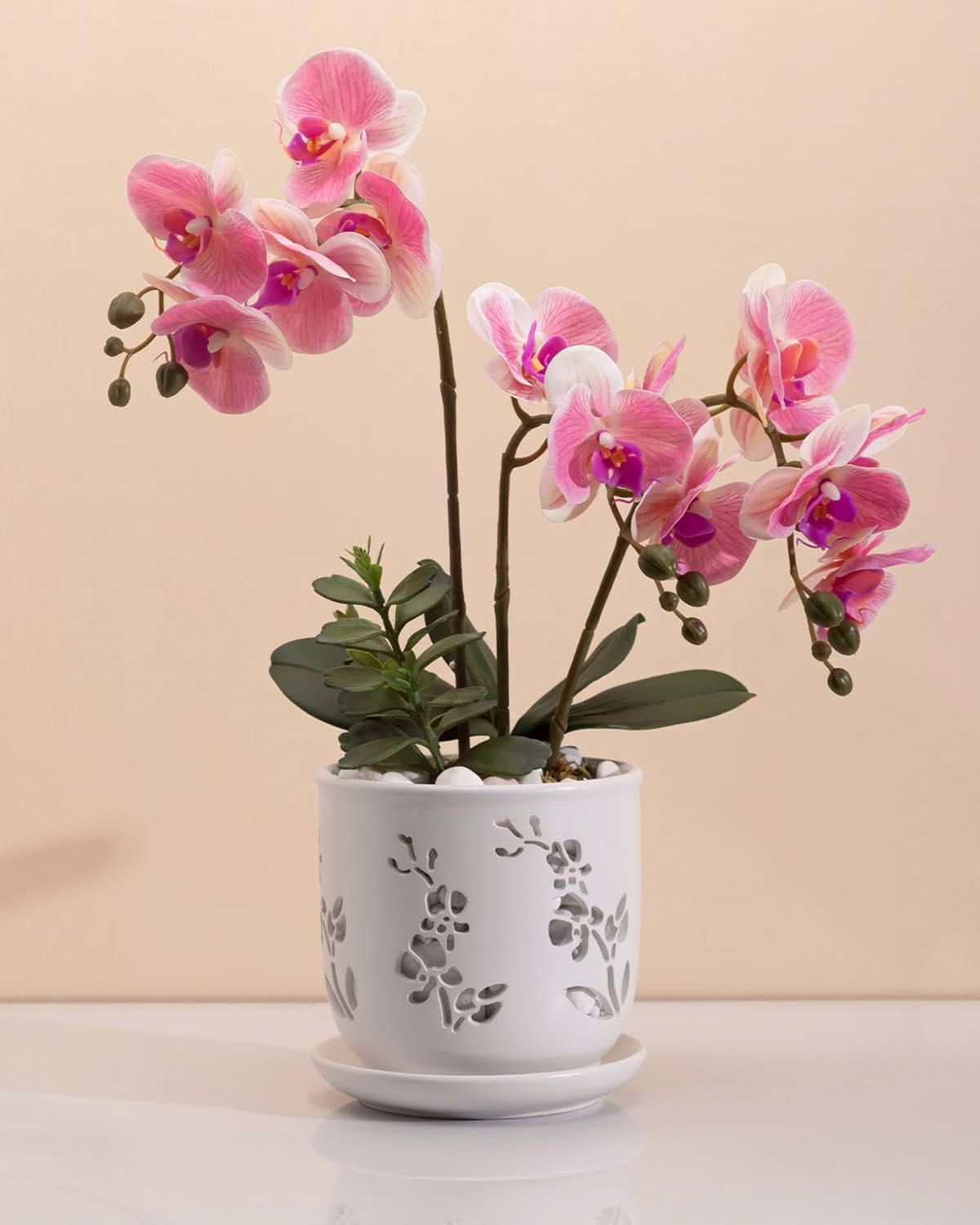
Healthy, Blooming Orchids Made Easy! Subscribe & Learn How!

